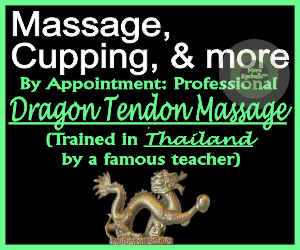M
mnews
Guest

Fresh from training at US’ Cleveland Clinic, renowned for pioneering many medical breakthroughs, I was brimming with zeal inside the cardiac catheterisation room at South Mumbai’s Breach Candy Hospital but the air was thick with doom.
The patient, 51-year-old IAS officer Prithviraj Mohan Singh Bayas, had suffered a severe complication during an angioplasty. For half an hour, his heart had stopped pumping and despite the doctors’ best efforts with external cardiac massage, there was no sign of life. Two senior surgeons had already deemed the situation futile and declined to operate.
This was an era when angioplasty was still evolving and such incidents, though rare, were more common than they are today — even in the best centres in the US. Despite the grim prognosis, I refused to give up. I knew irreversible damage would occur if the brain went without blood for more than three minutes after cardiac arrest. I was concerned about whether the patient would survive overall, even if I saved his heart. But I knew I had to try. Every patient has the right to life, so I decided to go ahead with surgery despite chances of survival being no more than one per cent.
I spoke to Bayas’ family about the minimal chances of survival. “He has no beating heart, no pulse, no BP. A long cardiac massage means some organs of his body are already compromised. Recovery will be long,” I explained. Despite the risks, the family agreed to proceed.
Time was of the essence. As we rushed from the catheterisation lab to the OT, I realised the trolley ride alone would take seven to 10 minutes, and the pre-operative preparation that normally takes 30 to 60 minutes had to be completed in just 10 minutes. The heart-lung machine wasn’t ready, which added another eight minutes of delay. The theatre supervisor questioned my decision to operate on what seemed like a deceased patient, but I remained resolute. Even as I made my incision, the cardiac massage continued.
When the chest was opened, there was no heartbeat. The right side of the heart, which normally pumps blood to the lungs, wasn’t functioning and the left side was unable to pump blood to the body. With no pumping action from the heart, external cardiac massage became impossible. We had to manually squeeze the patient’s heart to maintain circulation. For 15 minutes, an assistant worked tirelessly to keep the blood flowing.
Once the heart-lung machine was ready, we connected the patient. Despite him being comatose with non-functioning kidneys and liver, we persevered. The bleeding was significant but the team soldiered on. In just 40 minutes from the beginning of the cardiac massage on the cath lab table and in less than seven minutes since we reached the OT, I had the patient on a heart-lung machine and the bypass grafts were in place to relieve the blockages. This was a new procedure in the 1990s. Very few doctors at the time were trained to operate on a heart that had already stopped.
For the next three months, Bayas received round-the-clock care. He went on to recover and later served as the joint commissioner of the Brihanmumbai Municipal Corporation. Today, more than three decades later, the former top cop leads a full life with his children, grandchildren and great-grandchildren. Since that cardiac surgery in India, I have consistently accepted the most challenging medical cases, performing over 5,000 procedures, many of which were refused elsewhere. Young surgeons tell me my journey has inspired them to fight till the last breath. This makes my heart beat with pride.
Dr Ramakanta Panda is chairman and chief cardiac surgeon, Asian Heart Institute, Mumbai
As told to Mini Thomas
For more news like this visit TOI. Get all the Latest News, City News, India News, Business News, and Sports News. For Entertainment News, TV News, and Lifestyle Tips visit Etimes




































































































